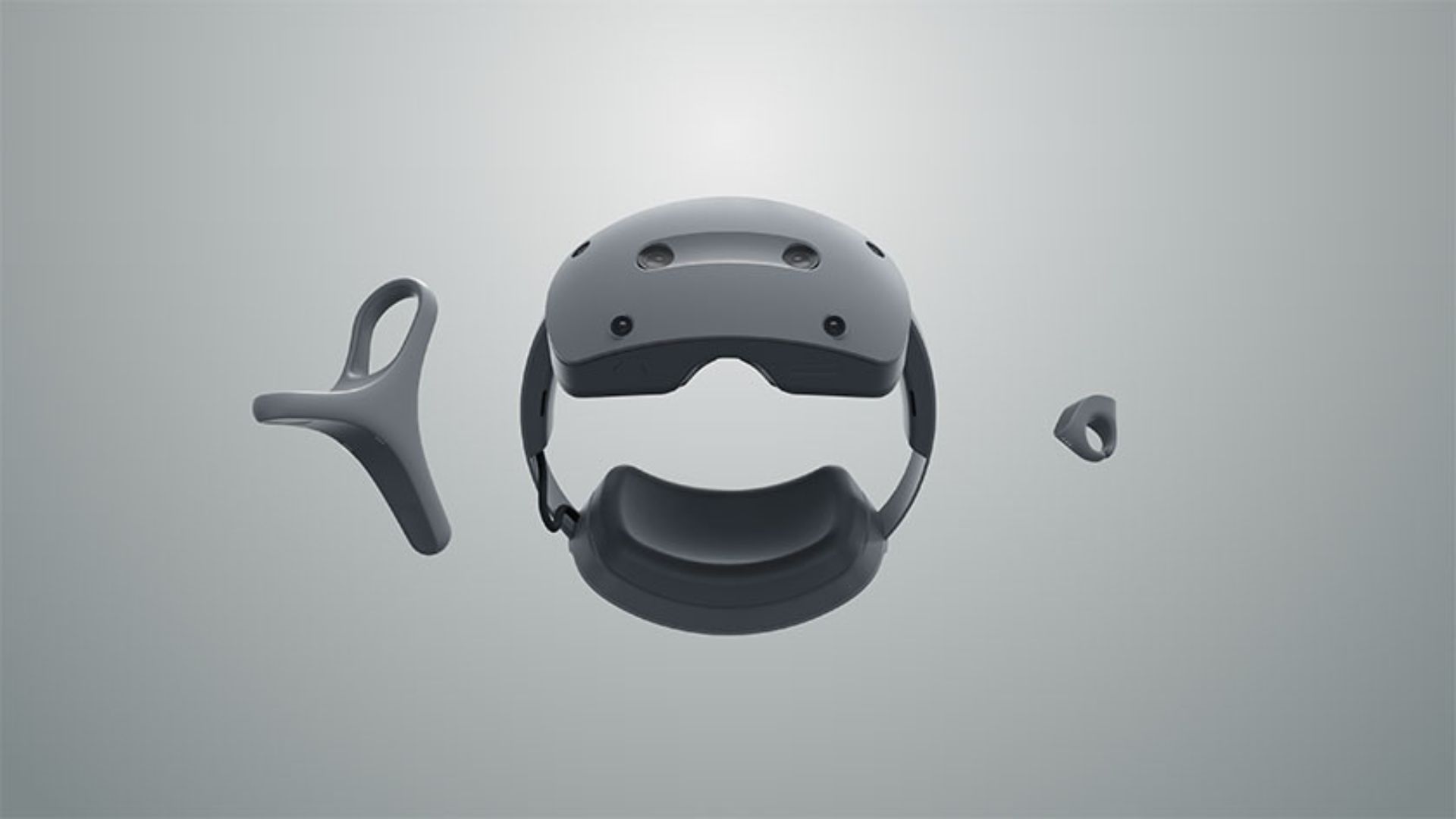Sony, in partnership with Siemens, has thrown its hat into the extended reality (XR) ring with a new headset aimed at professionals. Unveiled at CES 2024, this device is poised to challenge Apple’s Vision Pro in the burgeoning market for spatial computing. But can it truly compete? This article delves deep into the features, potential applications, and competitive landscape of Sony’s XR headset, analyzing whether it has what it takes to become a dominant force in the XR arena.
While Apple has generated significant buzz with its Vision Pro, Sony’s offering presents a compelling alternative, particularly for those focused on industrial applications. Sony’s deep roots in imaging technology and Siemens’ expertise in industrial software could give this headset a significant edge in specific sectors. The question remains: will this be enough to carve out a substantial market share in the face of Apple’s aggressive push into the XR space?
Key Features and Capabilities
- High-Fidelity Visuals: Sony is renowned for its display technology, and this headset is no exception. It boasts 4K OLED microdisplays for each eye, promising exceptional clarity and immersion.
- Powerful Performance: The headset is powered by the Qualcomm Snapdragon XR2+ Gen 2 chipset, ensuring smooth performance and efficient processing for demanding XR applications.
- Seamless Integration: Sony emphasizes the headset’s compatibility with existing professional workflows and software, facilitating a smooth transition into XR-enhanced environments.
- Advanced Tracking: Precise tracking capabilities enable accurate interaction with virtual objects and environments, crucial for tasks like design and simulation.
- Collaboration Focus: The headset is designed to facilitate collaborative work, allowing multiple users to interact with shared virtual spaces and data.
Potential Applications in the Industrial Metaverse
Sony’s XR headset is purpose-built for the industrial metaverse, where digital twins, simulations, and collaborative design are transforming how companies operate. Here are some key applications:
- Product Design and Development: Designers can visualize and manipulate 3D models in real-time, facilitating rapid prototyping and iteration.
- Manufacturing and Assembly: Workers can receive step-by-step instructions and guidance through complex assembly processes, reducing errors and improving efficiency.
- Training and Simulation: Employees can undergo immersive training in realistic virtual environments, enhancing knowledge retention and skill development.
- Remote Collaboration: Teams can collaborate on projects regardless of location, interacting with shared virtual models and data.
- Maintenance and Repair: Technicians can access real-time data and remote expert assistance while performing maintenance or repairs on complex equipment.
Challenges and Opportunities for Sony
While Sony’s XR headset holds immense promise, the company faces significant challenges in this competitive market.
- Competition: Apple’s Vision Pro is a formidable competitor, with its sleek design, intuitive interface, and vast content ecosystem. Meta, with its dominant position in the VR market, also poses a challenge.
- Price: The price of Sony’s headset will be a crucial factor in its adoption. While it’s expected to be lower than the Vision Pro, it needs to be competitive to attract businesses and professionals.
- Software Ecosystem: Building a robust software ecosystem tailored to industrial needs will be essential for the headset’s success. Sony needs to attract developers and ensure compatibility with key industry applications.
- User Adoption: Driving user adoption in professional settings requires demonstrating clear ROI and overcoming potential resistance to new technologies.
Despite these challenges, Sony has significant opportunities to capitalize on:
- Industrial Expertise: The partnership with Siemens provides valuable expertise in industrial software and applications, giving Sony a competitive edge in this sector.
- Brand Reputation: Sony’s strong brand reputation for quality and innovation can instill confidence in potential customers.
- Focus on Specific Needs: By catering to the specific needs of professionals in key industries, Sony can carve out a niche and build a loyal customer base.
- Openness and Collaboration: Fostering an open platform and collaborating with industry partners can accelerate the development of innovative XR solutions.
The Future of XR and Sony’s Role
The XR landscape is rapidly evolving, with new technologies and applications emerging constantly. Sony’s entry into this market with a professional-grade headset signals the growing importance of XR in various industries.
While it remains to be seen whether Sony’s XR headset can truly rival Apple’s Vision Pro in terms of overall market share, it has the potential to become a leader in the industrial metaverse. By focusing on its strengths – high-fidelity visuals, seamless integration, and industrial applications – Sony can carve out a significant position in this exciting and transformative field.
The success of Sony’s XR headset will depend on various factors, including its price, software ecosystem, and ability to drive user adoption. However, its potential to revolutionize how we design, collaborate, and work in the industrial metaverse is undeniable. As the XR landscape continues to evolve, Sony’s contribution will undoubtedly play a crucial role in shaping the future of this technology.




